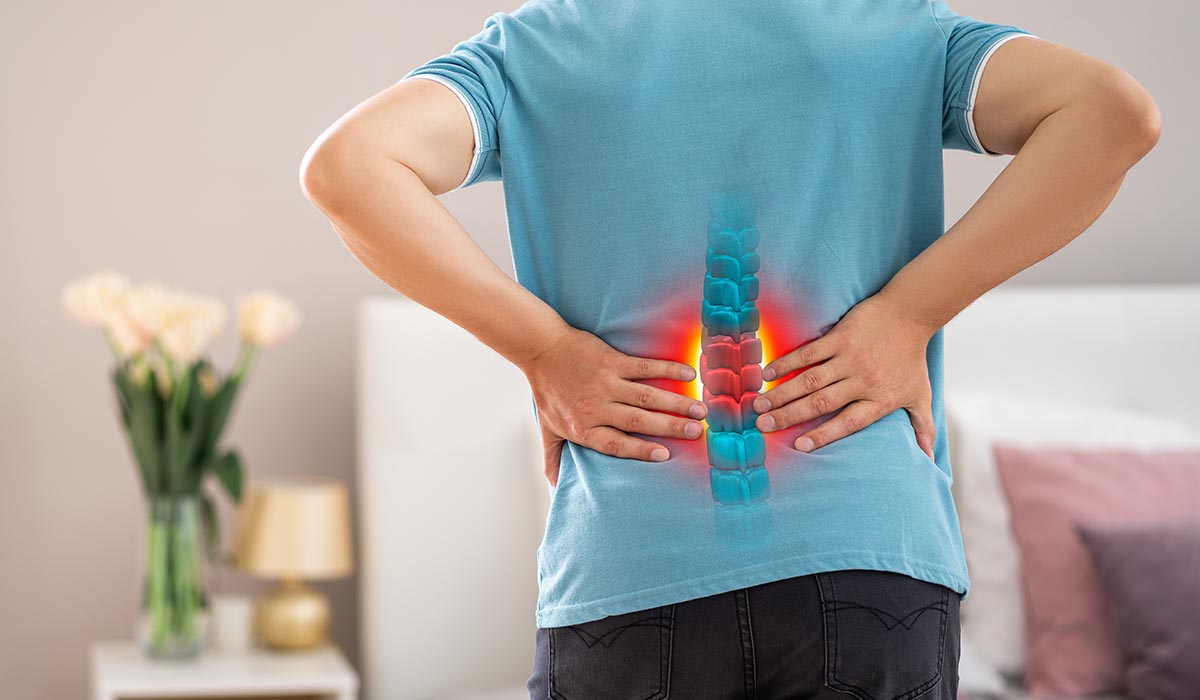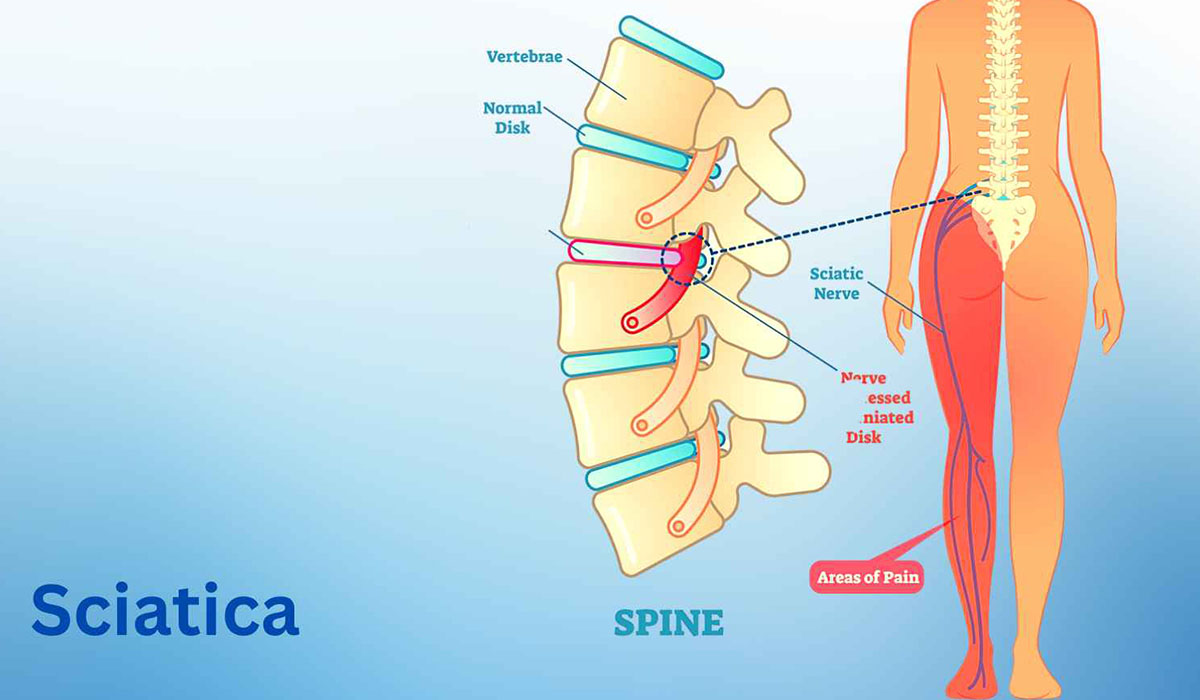Sciatica pain is a debilitating condition that affects millions of people worldwide, causing sharp, shooting pain that radiates from the lower back down to the legs. This condition occurs due to compression or irritation of the sciatic nerve, often caused by a herniated disc, spinal stenosis, or muscle imbalances. For those suffering from sciatica in Ahmedabad, finding effective and long-lasting relief is crucial.
NEXUS Advanced Pain Management has emerged as a leading center for sciatica treatment in Ahmedabad, offering a multidisciplinary approach to pain relief. Their team of experienced pain specialists, physiotherapists, and spine experts use advanced diagnostic techniques and evidence-based treatments to address the root cause of sciatica rather than just masking the symptoms.
In this blog, we will explore the causes and symptoms of sciatica, the different treatment options available, and how NEXUS Advanced Pain Management provides specialized care to help patients regain mobility and live pain-free lives.
Understanding Sciatica: Causes and Symptoms
Sciatica is not a medical condition itself but rather a symptom of an underlying issue affecting the sciatic nerve. The most common causes include:
- Herniated or Slipped Disc – When a spinal disc bulges or ruptures, it can press on the sciatic nerve.
- Spinal Stenosis – Narrowing of the spinal canal, often due to aging, leading to nerve compression.
- Piriformis Syndrome – Tightening or spasms of the piriformis muscle in the buttocks, irritating the sciatic nerve.
- Spondylolisthesis – A condition where one vertebra slips over another, causing nerve pressure.
- Trauma or Injury – Accidents or falls can damage the spine and trigger sciatica.
Common Symptoms of Sciatica
- Sharp, burning, or electric shock-like pain from the lower back to the legs
- Numbness or tingling in the leg or foot
- Weakness in the affected leg
- Worsening pain when sitting, coughing, or sneezing
Treatment Options for Sciatica Pain
The right treatment for sciatica depends on the severity and underlying cause. NEXUS Advanced Pain Management offers a combination of non-surgical and minimally invasive treatments to provide relief.
Non-Surgical Treatments
- Physical Therapy – Targeted exercises and stretches to relieve nerve pressure and improve mobility.
- Medications – Anti-inflammatory drugs, muscle relaxants, and pain relievers to manage discomfort.
- Epidural Steroid Injections – Cortisone injections to reduce inflammation around the nerve.
- Heat and Cold Therapy – Alternating ice packs and heating pads to ease muscle spasms.
Advanced Minimally Invasive Procedures
- Radiofrequency Ablation (RFA) – Uses heat to disrupt nerve signals causing pain.
- Spinal Decompression Therapy – Gently stretches the spine to relieve disc pressure.
- Endoscopic Discectomy – A small incision procedure to remove herniated disc material pressing on the nerve.
Lifestyle and Preventive Measures
- Maintaining proper posture
- Regular low-impact exercises like swimming and yoga
- Ergonomic adjustments at work and home
- Weight management to reduce spinal stress
Why Choose NEXUS Advanced Pain Management for Sciatica Treatment?
NEXUS stands out as a premier pain management clinic in Ahmedabad due to its patient-centric approach and cutting-edge treatments. Here’s what makes them exceptional:
- Expert Team – Board-certified pain specialists, neurologists, and physiotherapists with extensive experience.
- Personalized Treatment Plans – Customized therapies based on individual diagnosis and needs.
- Advanced Technology – Use of fluoroscopy, ultrasound-guided injections, and minimally invasive techniques.
- Holistic Care – Combines medical treatment, physiotherapy, and lifestyle guidance for long-term relief.
- Non-Surgical Focus – Emphasis on avoiding unnecessary surgeries through effective pain management techniques.
Looking for Effective Sciatica Pain Treatment in Ahmedabad?
If you’re struggling with persistent sciatica pain and seeking expert care, NEXUS Advanced Pain Management is a trusted choice in Ahmedabad. Their comprehensive approach ensures accurate diagnosis, effective pain relief, and long-term recovery without invasive surgeries. With a commitment to patient well-being and advanced medical solutions, NEXUS helps individuals regain their quality of life.
Don’t let sciatica pain limit your daily activities—consult the specialists at NEXUS Advanced Pain Management and take the first step toward a pain-free future. Book an appointment today to explore the best treatment options tailored to your condition.
Final Thoughts
Sciatica pain can significantly impact one’s daily life, but with the right treatment, relief is possible. Understanding the causes and exploring both conventional and advanced therapies can help manage symptoms effectively. NEXUS Advanced Pain Management provides a blend of expertise, technology, and compassionate care, making it a leading destination for sciatica treatment in Ahmedabad.
If you or a loved one is suffering from sciatica, seeking professional help early can prevent complications and ensure faster recovery. Trust the experts at NEXUS to guide you toward lasting pain relief and improved mobility.



